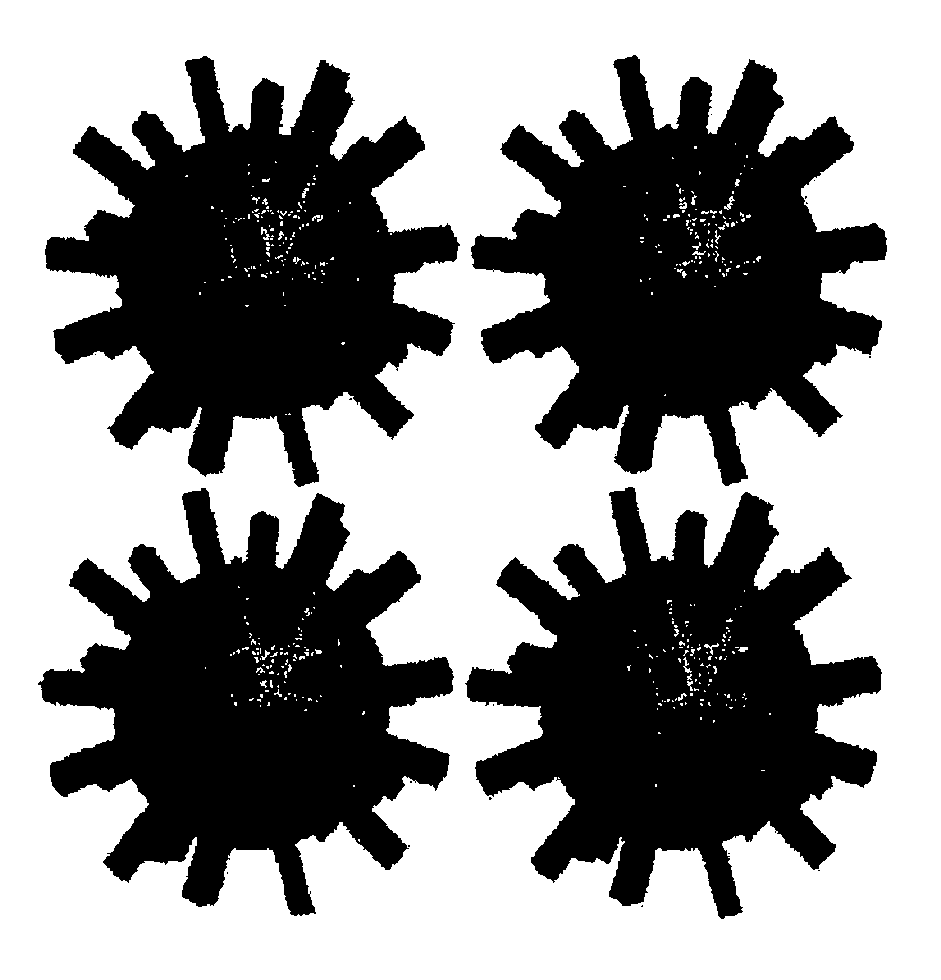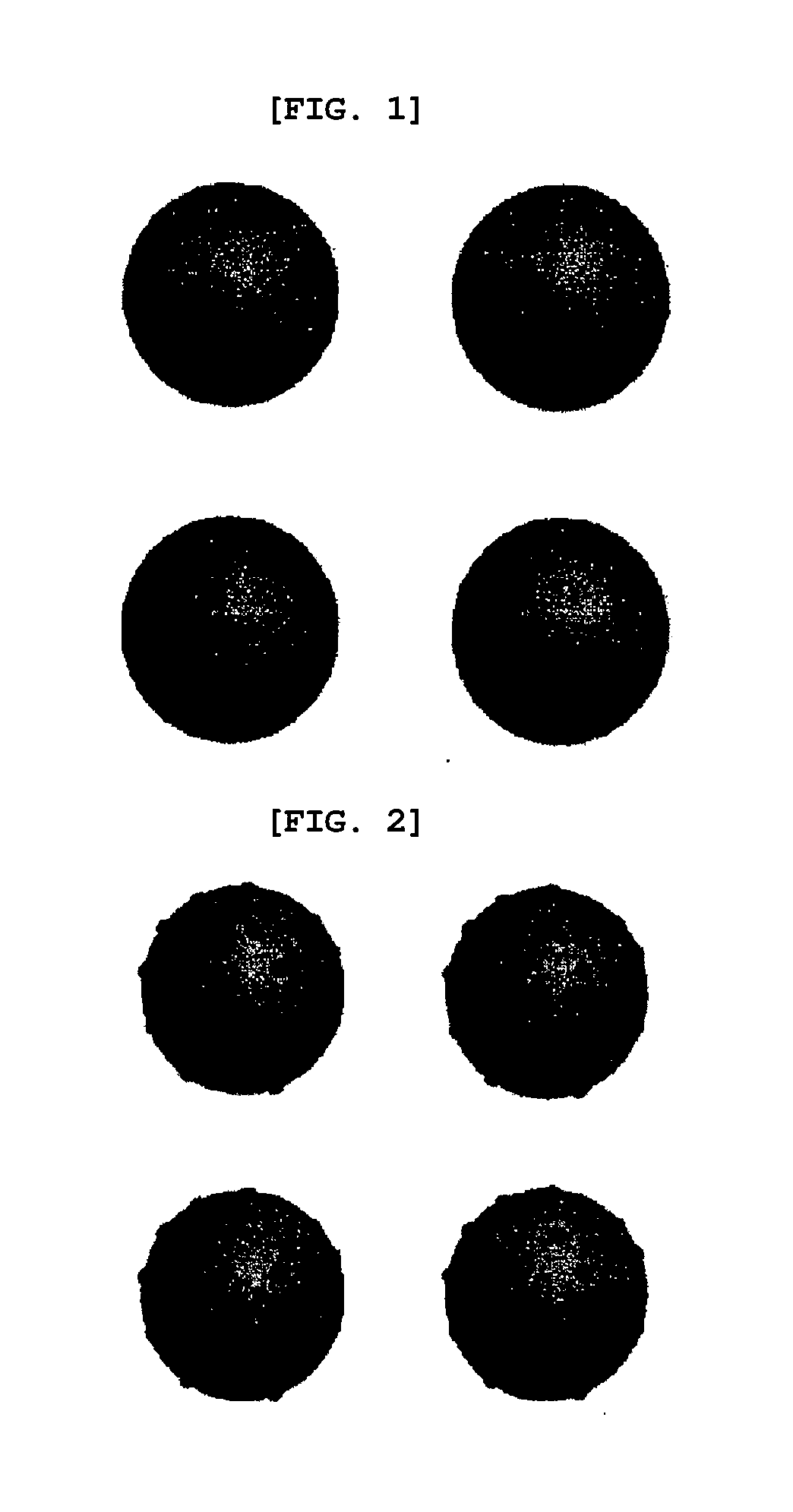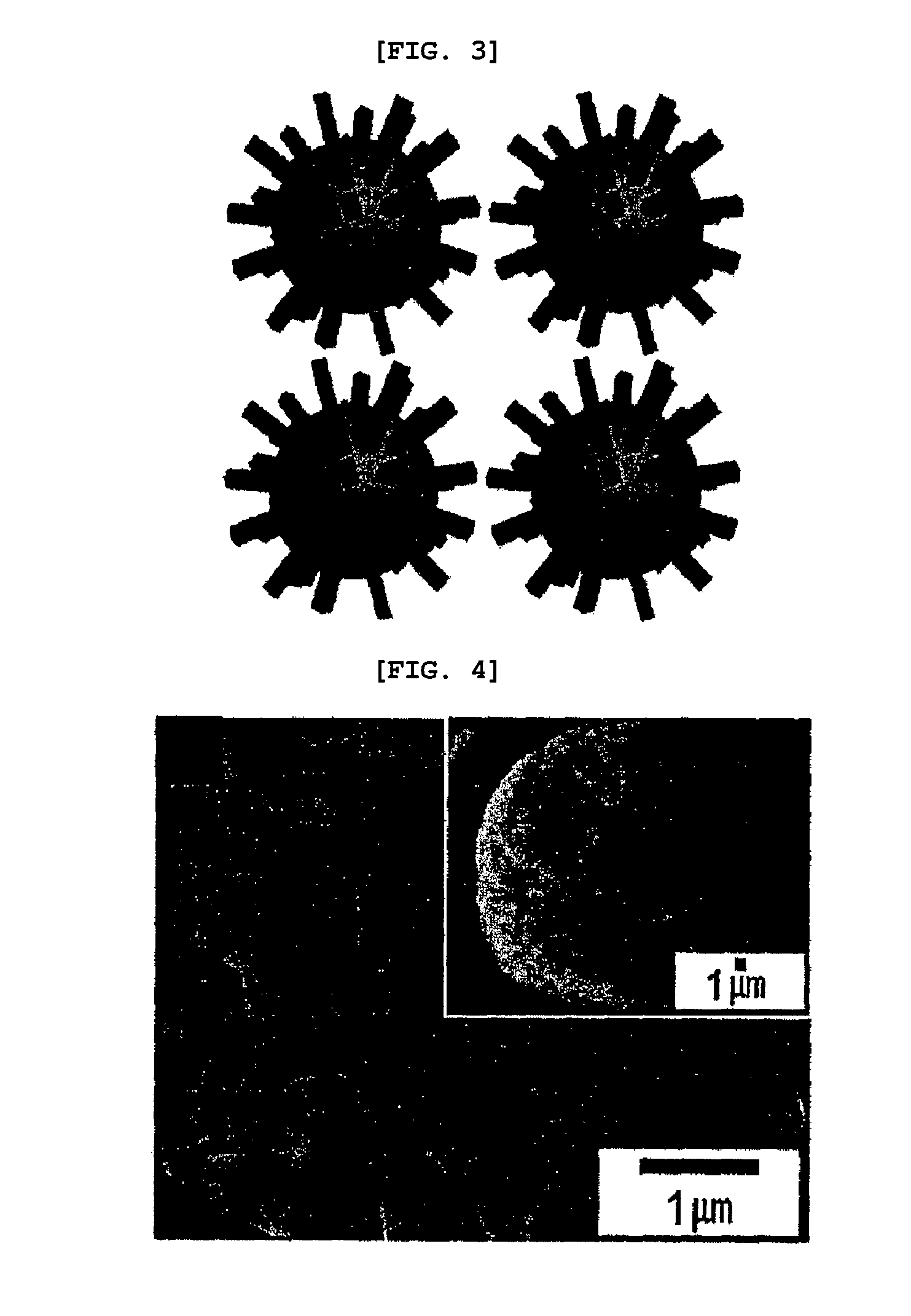Negative electrode material for a secondary battery and method for manufacturing same
- Summary
- Abstract
- Description
- Claims
- Application Information
AI Technical Summary
Benefits of technology
Problems solved by technology
Method used
Image
Examples
Embodiment Construction
. Activation of Graphite Surface
[0050]Graphite powder having an average diameter of 20 μm was stirred in an acidic solution in which HNO3 (70%, Aldrich) and HCl (30%, Aldrich) were mixed at a ratio of 1:3 (v / v) for 12 hours to activate a graphite surface. Then, the graphite powder was washed with distilled water (18.2MΩ cm) and dried by a vacuum freeze drying method.
2. Preparation of SnO2 Seed-Type Graphite
[0051]SnO2 was seeded on the activated graphite surface by simple hydrolysis of SnCl4 using NaOH. To this end, first, 0.5 g of the activated graphite powder was dispersed in 4.1 mL of 0.054M SnCl4.5H2O (98%, Aldrich) aqueous solution. Then, 4.1 mL of 0.106M NaOH (99.99%, Aldrich) aqueous solution was added thereto while strongly stirring the solution. Precipitated colloidal SnO2 nanoparticles were formed by the above-mentioned processes. Subsequently, after magnetic stirring for 12 hours, SnO2 seed-type graphite powder was washed with distilled water and ethanol several times and ...
PUM
| Property | Measurement | Unit |
|---|---|---|
| Percent by mass | aaaaa | aaaaa |
| Diameter | aaaaa | aaaaa |
| Length | aaaaa | aaaaa |
Abstract
Description
Claims
Application Information
 Login to View More
Login to View More - R&D
- Intellectual Property
- Life Sciences
- Materials
- Tech Scout
- Unparalleled Data Quality
- Higher Quality Content
- 60% Fewer Hallucinations
Browse by: Latest US Patents, China's latest patents, Technical Efficacy Thesaurus, Application Domain, Technology Topic, Popular Technical Reports.
© 2025 PatSnap. All rights reserved.Legal|Privacy policy|Modern Slavery Act Transparency Statement|Sitemap|About US| Contact US: help@patsnap.com



